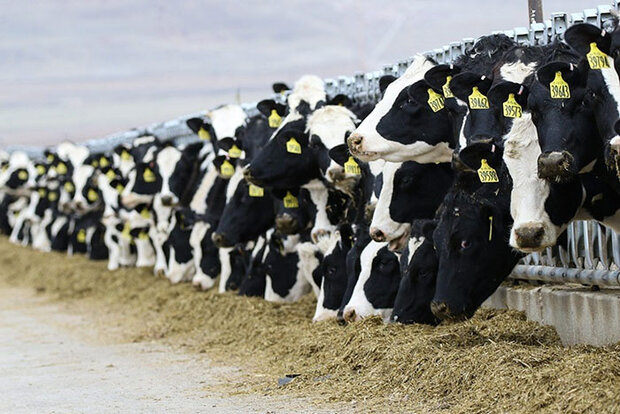Impacts animal feeding operations on air quality in northeastern Colorado

Cows line up to eat. Credit: Pixabay

Cows line up to eat. Credit: Pixabay
Animal feeding operations (AFOs) are known for the threat their massive ammonia emissions pose to air quality and ecosystem health, but the process of how ammonia evolves near these sources has not been thoroughly studied. To understand the conditions that lead to particulate matter formation from AFO emissions, researchers from the University of Wyoming flew a research aircraft equipped to measure ammonia, nitric acid, and various aerosols over northeastern Colorado in the summer of 2021. The results, recently published in JGR Atmospheres, reveal that during the summer, the hot and dry conditions in northeastern Colorado inhibit the formation of ammonium nitrate particles, even though ammonia levels are high. Using models, the researchers predicted that cooler temperatures in the spring, autumn, and winter could significantly increase ammonium nitrate formation, potentially leading to higher particulate matter levels. These findings highlight the seasonal impact of AFO emissions on air quality, emphasizing the need for better regulation and mitigation strategies to address ammonia pollution, particularly in colder months.